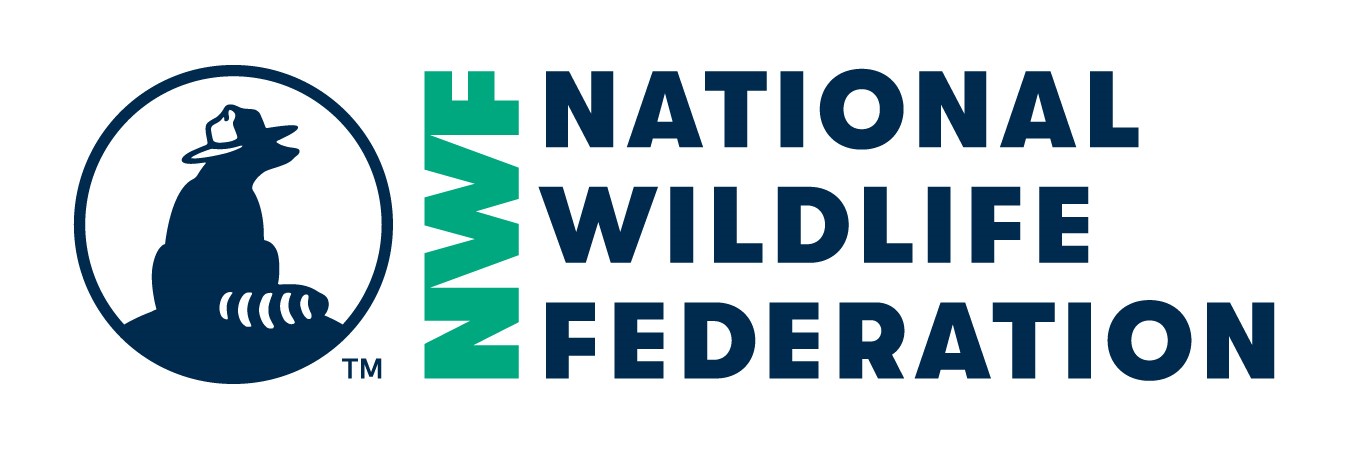Suburban habitat recovery
If other:
1. Where is the biggest impact of this project?
Community
If other:
2. What were the goals for your project?
To provide necessary environment for pollinators (birds, bees, butterflies) to flourish in a suburban community
3. What strategy did you use?
Advocacy, Community Building, Education, Operations
If other:
4. Did you accomplish the goals you set for this project? Please explain.
Yes. Eliminated common grass areas and dedicated to flower gardens.
5. Choose your impact measure type.
Miles biked
What were the measurable outcomes of your project?
Placed 400 native perennials on 1-acre property over the course of 16 months.
6. When did you begin and complete your project?
June, 2015 to September, 2016
7. What was challenging about your project and how did you respond?
Keeping plants alive in pots overwinter and through summer heat spells.
8. Which groups were involved in this project? Students, faculty, staff or community groups?
None.
9. Was your project funded? If so, how?
Personal savings.
10. How did you communicate about this project and educate the broader campus and/or community?
Made presentations to the local Audubon Society chapter.
11. How have you evaluated your project?
Individual reflection, Scientific assessment
If other, please describe:
12. What did you do after your reviewed your project?
Revised goals, Presented your project results at a conference or meeting
If other, please describe:
13. What was the biggest or best thing you learned from your project?
"Organic and natural" means "labor intensive effort."
14. What advice would you give to others working on a similar project?
Start small and expand scope at various stages of accomplishment.
15. Based on your response above, what are your future plans for this project? And are there resources (people, financial, etc.) available to sustain it?
To find more native perennials and dedicate more space to habitat. Time and money available.
Category ARCHIVED | PROJECT CERTIFICATION







Project Feedback